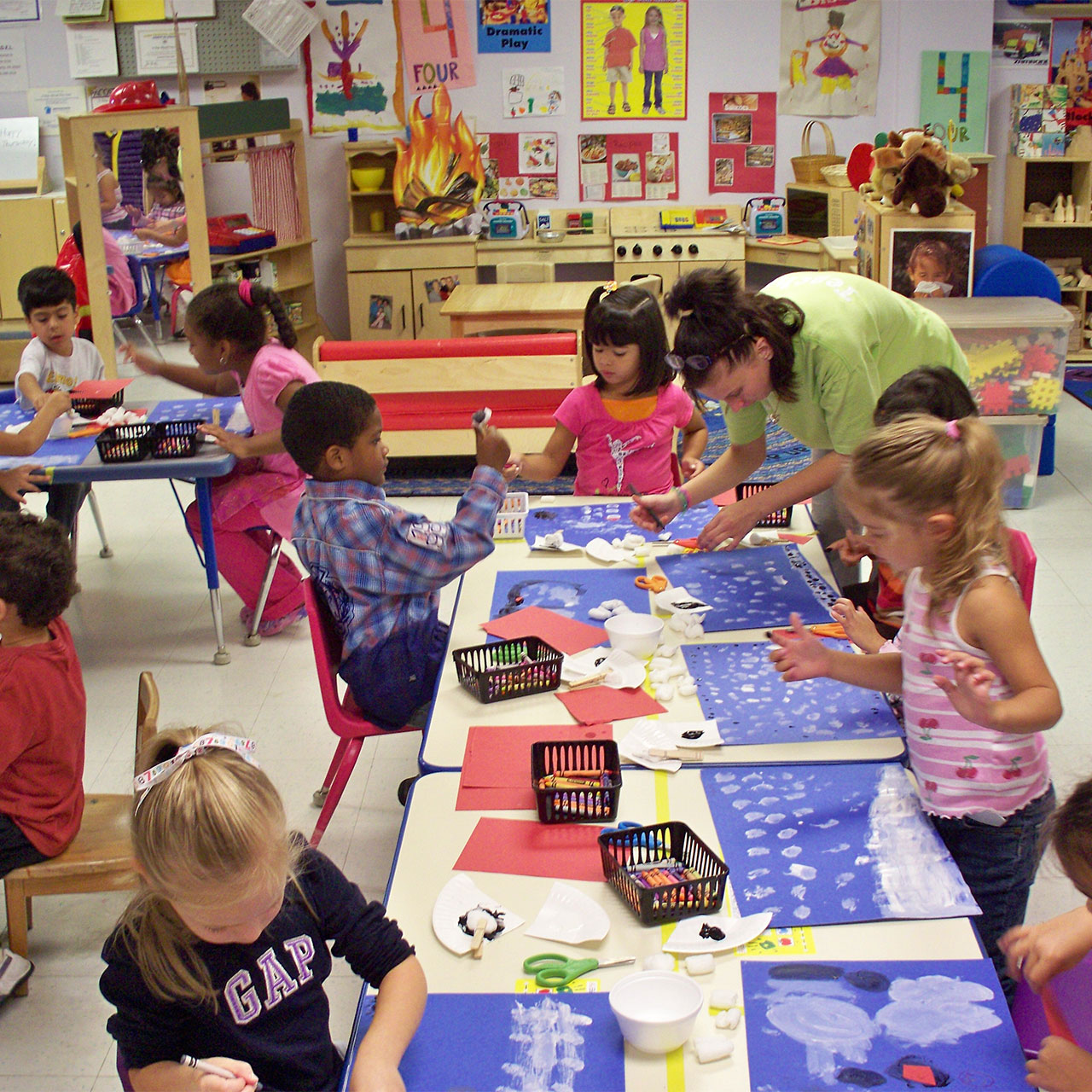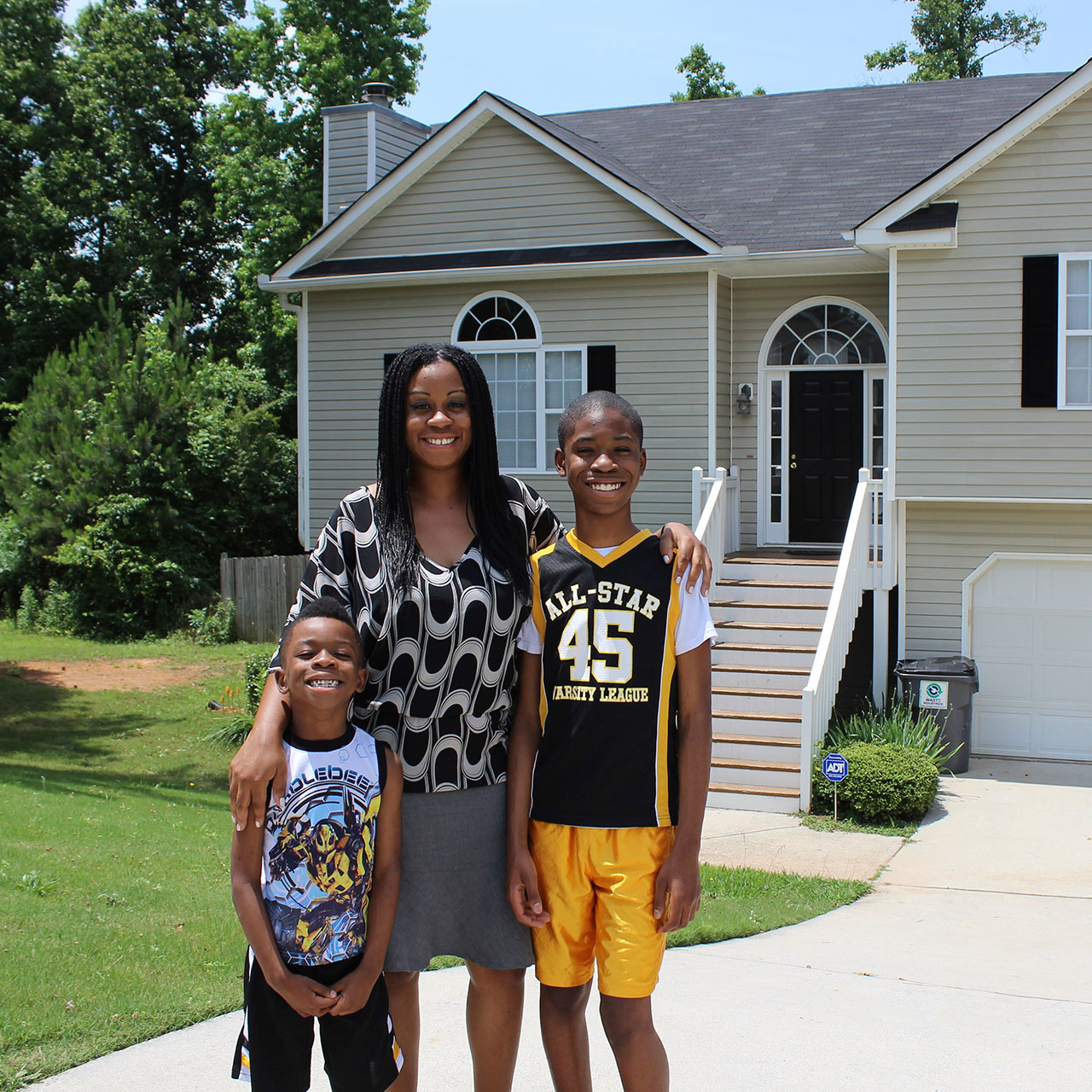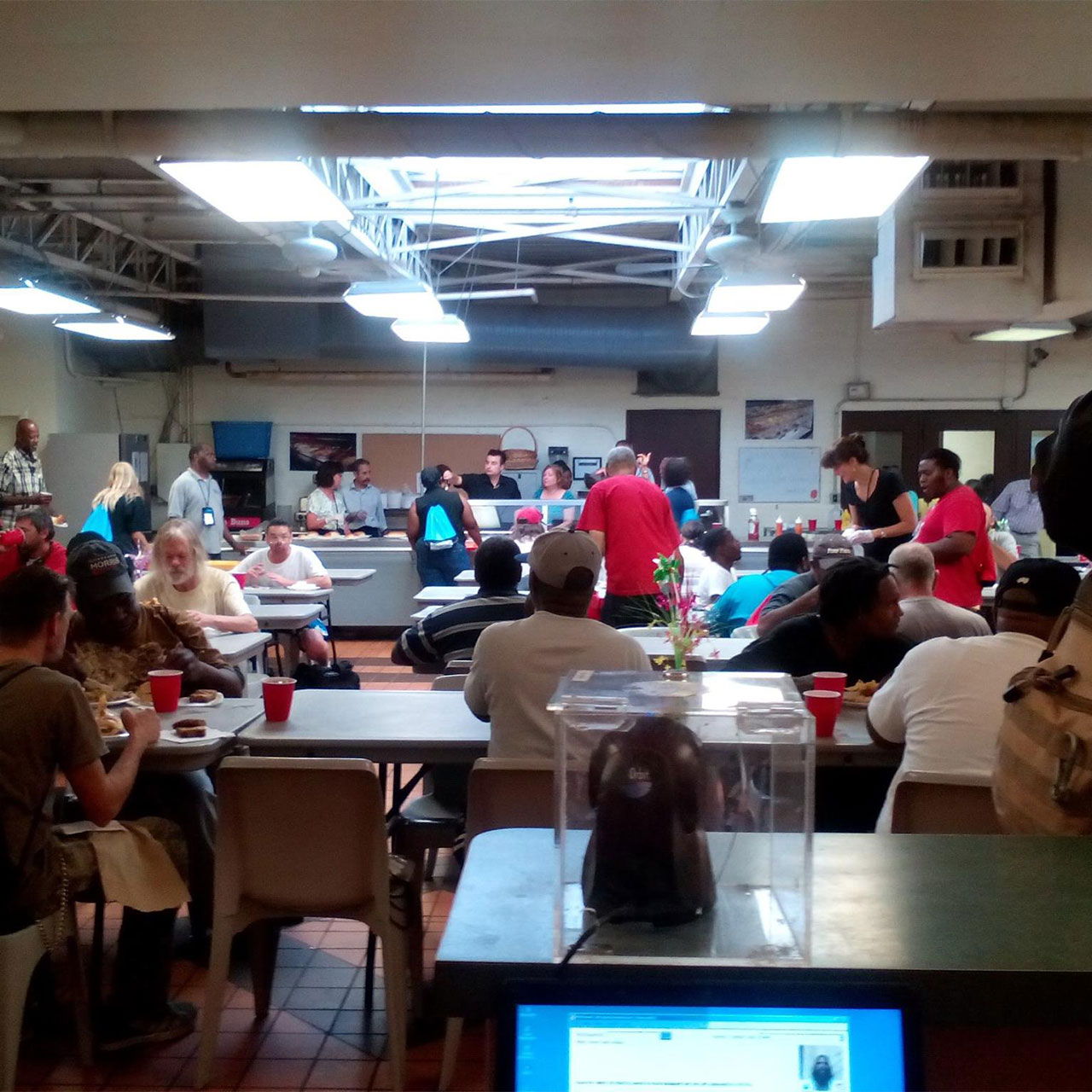Our Partnerships
850 investors
Our investors make TRF’s work possible—from individuals, to religious and civic institutions and the public and private sectors.
Commitment to early education

“When we think about the 100,000 children in Philadelphia under the age of five on the one hand, and the 15,000 high quality childcare seats on the other, it’s pretty clear that we have a major problem. Every child in this city deserves to hope, dream, and have a real future ahead of her.”
TRF has invested in early childhood education for decades. With funding from the William Penn Foundation, we developed an analysis of the gap between the supply of and demand for high-quality early childhood education in Philadelphia. TRF then Public Health Management Corporation partnered to launch a $7 million initiative to expand high-quality early childhood education centers in Philadelphia.
Working with cities to revitalize neighborhoods
Capital collaboration

“With guidance from TRF's excellent staff and leadership, we are growing our capacity and strengthening our operations. It is especially rewarding to collaborate with an organization that shares our passion and mission for communities in need.”
TRF has partnered with our peers—from Boston to Atlanta to California—to build capacity across the CDFI industry and invest together in access to education, health care, healthy food and more.
A Philadelphia story
Much of our work would not be possible without the trust and partnership of local governments, and nowhere is this more true than in our home town of Philadelphia. TRF has been a partner to the city, from evaluating programs and developing real estate investment strategies, to encouraging energy efficiency and addressing foreclosures.
In 2001, then-Mayor John Street sought TRF’s assistance to formulate his Neighborhood Transformation Initiative. TRF created an evidence-based framework for this program, which ultimately evolved into our Market Value Analysis (MVA). The MVA is a tool for targeting residential real estate investments, and one that we’ve replicated for more than 24 other city, state and municipal governments.
“PolicyMap provides us with a greater capacity to make data-driven decisions, coordinate among city agencies and evaluate the impact of our programs.”
In the immediate aftermath of the financial crisis, TRF was tapped to manage $11 million in emergency investment in commercial development that would otherwise have stalled and worsened the impact of the recession. We’ve also helped the city evaluate its residential mortgage foreclosure diversion program, and its targeted enforcement of residential code violations (both effective programs, we found).
In our latest partnership, TRF is using our PolicyMap platform to create an instant geographic data infrastructure for the city that houses data it already collects on everything from crime to code violations, and combines it with over 37,000 other indicators available in PolicyMap. This allows city employees to more efficiently access the information they need to coordinate effectively between departments, run impact assessment, and develop strategies for place-based programs like the Choice Neighborhood program.
A multidimensional approach to homelessness

“We are much, much more than just a shelter... We expect to permanently move people out of homelessness.”
Drop Inn Center is the leading provider of shelter to the homeless in the Greater Cincinnati region and is part of a citywide effort called the Homeless to Homes Plan that coordinates providers in order to improve homelessness services.
TRF provided $11 million in New Markets Tax Credits to support the adaptive re-use of a vacant industrial building (the former Butternut Bread Company bakery), which will become a 150-bed men’s shelter. Drop Inn already serves more than half of Cincinnati’s homeless population. The new center will include on-site space for case management, job training, behavioral and mental health services, health care and more.
Arts and urban renewal
TRF’s research and accumulated expertise have shown that artists can be strong partners in urban renewal. TRF has invested $71 million in projects from the Crane Arts building in Philadelphia to the Queen Theater in Wilmington, DE, and the Maryland Institute College of Art’s Lazarus Graduate Studio Center in Baltimore, MD. Where we find artists, we often find an entrepreneurial energy directed into the process of remaking space and preserving something old through the development of something new.
TRF and the Social Impact of the Arts Project at the University of Pennsylvania have studied the way that artists and arts organizations change a community—and we found that they are correlated with poverty reduction (without social displacement), improved child welfare, fewer cases of ethnic and racial harassment, and lower rates of chronic illness. And through our arts and culture map of Philadelphia, we’ve explored how cities can measure and invest in their creative assets.
Artists have also played a part in TRF Development Partners’ work. In Baltimore, we developed affordable living and work space for artists in the Station North Arts and Entertainment district, and on behalf of the Actors Fund Housing Development Corp., we are currently working on developing a mixed-use development in Rahway, NJ, that will create 60 affordable rental homes and a space for community arts and education.








